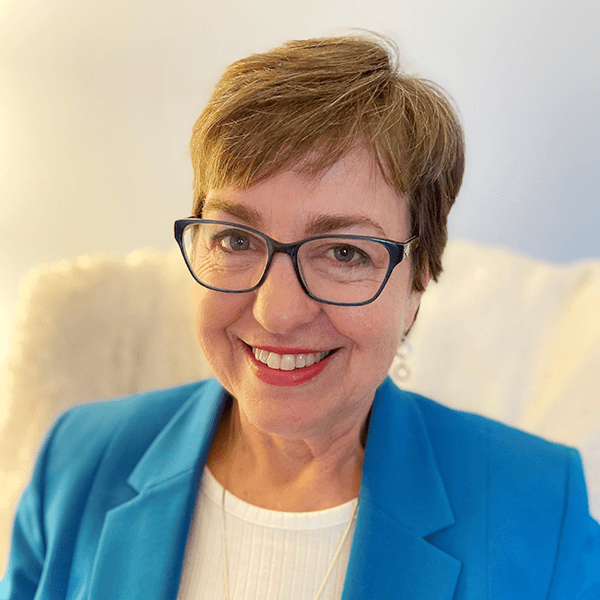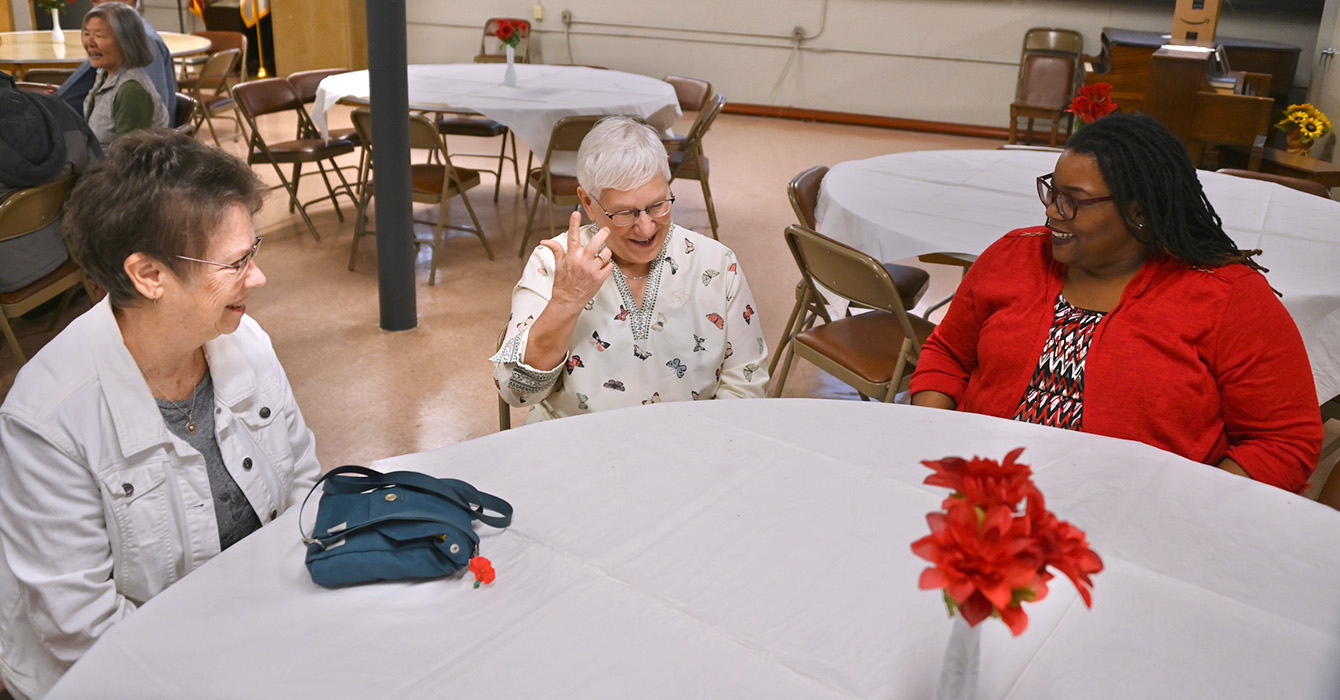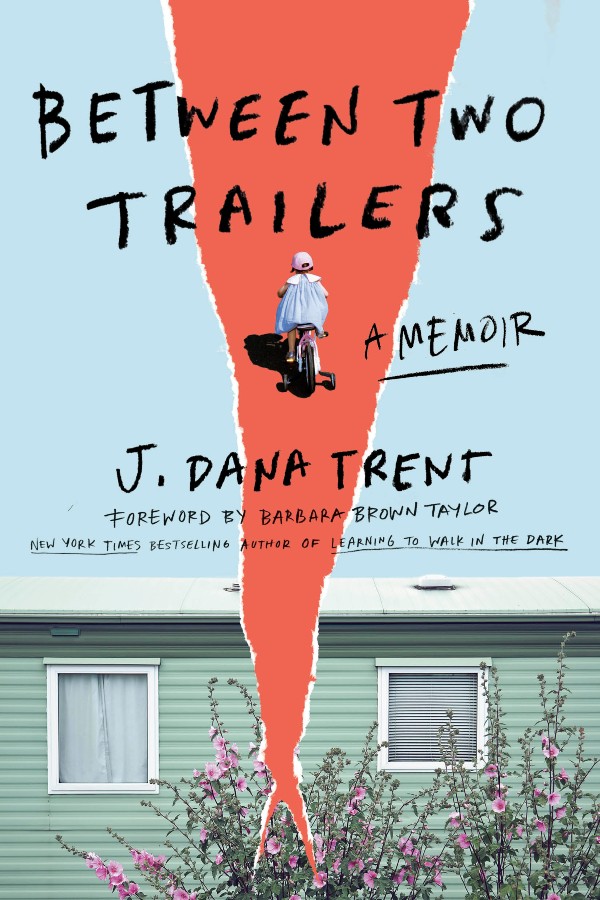As I walked up to Erlanger Hospital in Chattanooga, Tenn., one morning 10 years ago, I was filled with excitement and reflection. It was the first day of my final year at the Church of God Theological Seminary, and I was nervous as I looked up at the large tower where I would serve my chaplaincy internship.
I wondered: What would my role be? How could I be with the suffering in a pastoral way?
Ten years later, I still spend the majority of my days in hospitals and clinics, though in a very different role. Now, after four years of medical school at East Tennessee State University and four years of residency training at Duke University Hospital, I have become a psychiatrist, recently joining a large physician-hospital group in Georgia.
Yet even today, I wrestle with some of the same questions. I’m both a physician and a Pentecostal minister, and I often pause to wonder: What is my place now that I have a foot in these two very different worlds? How do I navigate them? How can I be with the suffering as a physician, and how does my faith shape and inform my “being with” my patients and the care I offer them?
From those first days at Erlanger right through the last day as a chief resident at Duke and on to the present, the questions remain. It is at the intersection of these two worlds where I search for the means to be with my patients in their suffering, both psychic and spiritual.
The search began that first day at Erlanger. My parish was the burn unit. There, days after starting as a chaplain intern, I met Mrs. C, who had been in the hospital for nearly six months after a suicide attempt in which she had drenched herself with ethanol and lit a match.
Since then, she had undergone numerous painful skin grafts. Nearly every time we met, she wept, her tears barely discernible as they rolled down her scarred and disfigured face. Her entire body had suffered deep burns, and the hospital was for now, in essence, her home. She literally could not escape the constant reminders of her suicide attempt.
“I will never be forgiven for what I did,” she told me once in despair. “It does no good for you to meet with me; my sin is too great.”
We talked about the parable of the prodigal son and the celebratory forgiveness with which he was welcomed home.
“God can forgive anyone, no matter what the deed,” I said.
Holding her hands, I prayed for her to know the assurance of this forgiveness. As we prayed, I sensed something mysterious calling me to inquire further into myself. I distinctly remember wanting not only to help her in her spiritual healing, pointing her to Christ, but also wanting to alleviate her psychic and physical suffering. It was the moment when my desire to become a physician was kindled.
Indeed, this thought would not go away. As I continued my chaplaincy, working with patients, I would often ask to meet with their physicians, wanting to understand and perhaps even contribute to their treatment plans. With each conversation, my curiosity about medicine grew, and my desire to integrate ministry and medicine began to take shape. Soon, I was applying to medical school and then beginning an eight-year journey of medical education and training.
At the other end of my journey, Mrs. M, age 60, was one of my last patients at Duke. She had a history of bipolar disorder and alcohol dependence, both of which had long been in remission. She was stable on her medication regimen for bipolar disorder and had been without a hospital admission in years.
Initially, my role was primarily to manage her medicines. But as she came in for our periodic visits, she began to talk increasingly about her romantic relationships and her grief over the recent death of her mother. Soon, we began weekly psychotherapy -- for me, a privileged journey in which she shared her innermost thoughts, feelings, hopes, joys and sorrows.
During her last few months of therapy, Mrs. M was diagnosed with breast cancer and underwent a bilateral mastectomy followed by chemotherapy. In our sessions, she talked about the pain she felt both when she was diagnosed and as she watched her family struggle to cope with her illness.
Her mother had died of colon cancer after a course of chemotherapy, and the parallel was striking for her. Her sister and brother, still living in the family home, took her in, letting her live in the room where her mother had spent her last years battling cancer.
Her brother, who drank, was often terse and aggravated with her. Her sister did not want to accept the meals that Mrs. M’s church family brought.
“We have enough food here,” she told Mrs. M. “Why are they bringing you food?”
As Mrs. M recounted the incident, she looked at me. “Do they not understand what it is like to have a church family?”
“I wonder if their pain is more related to the fear of losing you,” I said.
She paused.
“Maybe they can’t cope with the cancer,” she said. “I guess I didn’t think of how it might be for them.”
After a moment, I asked her what that was like for her.
“Well, I guess for me, I have joy in knowing that if I should die, I know where and with whom I will be,” she said.
Clearly, faith was important to Mrs. M. It was part of her identity, and she was not reluctant to discuss it. Nor did she hesitate to bring it up as the end of my training neared and our sessions drew to a close.
“This will be a loss for me,” she said tearfully, as she took my hands and prayed a prayer of blessing over me and my future work.
Mrs. C and Mrs. M are milestones on my journey -- two people who helped teach me what it means to be a minister and a psychiatrist. They taught me about the complex nature of human suffering, the interwoven reality of physical, mental and spiritual pain. And they reinforced for me the importance of prayer and of story in healing that pain.
For both, prayer was important. In seminary, students had a virtual mantra, taken from Steven Land’s book “Pentecostal Spirituality”: “Prayer is the first theological act.” Prayer is so woven into Pentecostal communities that members talk about “praying through” -- praying until one sees a request fulfilled.
In the world of medicine, however, prayer is controversial, regarded by many as a crossing of professional boundaries. For me, prayer can be part of the medical encounter under the right circumstances. It is something I explore only tentatively, and then engage in only if the patient requests.
As a psychiatrist who happens to be Pentecostal, I have hope that my patients can recover, that together we will find a cure that goes beyond the temporary alleviation of symptoms. Thus, I hope to integrate both prayer and biological interventions in a contextually nuanced way that can help bring healing.
I prescribe medicines as a tool to reduce and hopefully resolve mood and psychotic disorders, based on the best medical evidence. All the while, I am hoping and believing for the “here and now” healing of my patients. And if this healing does not come, for whatever reason, I continue to prescribe and walk with my patients through the difficult times.
Mrs. C and Mrs. M both had stories to tell. As a minister and a psychiatrist, I have been privileged to listen to the stories of others, usually stories of pain, sorrow or suffering. It is in the telling and the listening -- and in the compassion and empathy that these acts create -- that storytelling becomes an instrument through which both physicians and pastors offer hope that is healing.
The Pentecostal in me calls the stories I hear “testimonies.” The psychiatrist calls them “patient histories.” But essentially, they are one and the same -- narratives about lives lived in a world of joy, triumphs, pain and suffering. Thus, “testifying,” telling one’s story, can be an instrument of healing.
Testimony and story tell us of our common humanity. Ultimately, the hands of Mrs. C are the same as those of Mrs. M. Their stories move us to compassion, “to suffer with.” Both Mrs. C and Mrs. M experienced biological interventions interwoven with their faith, manifested in words, tears and human exchange, familiar and yet sacred.
Perhaps the calls to ministry and medicine are not as different as we might think.













